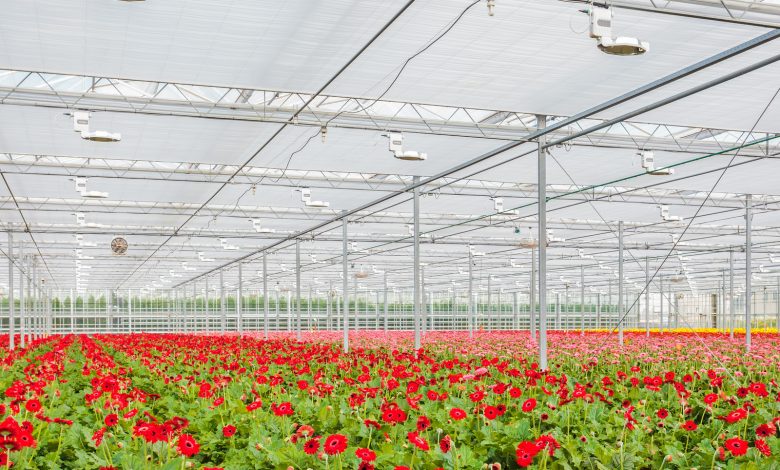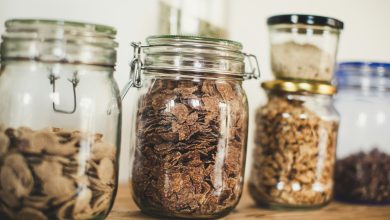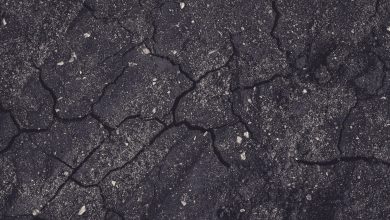
Air pollution in the UK has reached an all-time-high. Each year, 40,000 people die as a result of severely polluted air in urban areas of the UK. Pollution within large cities is a major issue; it was reported by The Guardian newspaper that London had reached the legal yearly limit for safe air pollution in just under one month.
Air pollution will be a concern if you live in a built up area or large city, but there are steps you can take to protect yourself. Grab your gardening tools as we team up with Compost Direct, suppliers of lawn dressing, to take a look at some of the best air purifying plants that you can grow yourself.
1. Gerbera daisies
According to a recent NASA study, Gerbera daisies are excellent at cleaning the air. Gerbera daisies are bonny, beautiful blooms that come in many different colours; white, orange, red, pink — whichever you pick, they’ll give your garden a splash of colour. These flowers love direct sunlight and a bit of space, so make sure not to leave them in a shady corner of your garden.
NASA states that these wonderful flowers are great for dealing with multiple air toxins, such as benzene.
2. Wallflower
If you’re looking for a little more colour for your garden, why not introduce the wallflower, also known as the Erysimum? Goldsmiths also names this plant as being akin to the common ivy for its particulate-cleansing power. These flowers have a bright display of petals during the first half of the year. You can grow wallflowers in many colours, with purple and yellow popular choices.
3. English Ivy
A classic climbing plant, you might already have the hedera helix climbing up the walls of your house. Though it has a bad reputation in the States as being a weed, it can be a lovely addition to your garden if tended to.
The plant offers benefits for wildlife and for the air – Goldsmiths, University of London, states that the wide leaves of the common ivy traps particulates, which makes it a great choice for purifying the air.
4. Conifers
Hedges are great for combatting air pollution, and Homes & Property recommends conifers for the job. Specifically, the western red cedar hedge is named as an ideal conifer to plant in your garden. But if your garden is a little smaller, the publication also names the yew as a great alternative, citing its evergreen nature and easy trimming.
5. How can you put this into practice?
Of course, green gardening doesn’t end at what plants you have. You have to consider how you are tending to your garden as well.
SmilingGardener offers five great ways to reduce pollution in ways beyond planting shrubs and flowers:
- Consider indoors as well as outdoors. As well as planting outdoor plants to combat air toxicity, consider bringing in some houseplants to cleanse the air in your home.
- Start composting. You can turn many waste products into compost to stop it going to the landfill.
- Avoid corn gluten meal. SmilingGardener notes this meal is made up from genetically modified corn, so best to stay away from using it, if possible.
- Quiet equipment. This one’s more for noise pollution, but it’s certainly an added bonus for the pollution-conscious gardener to take note of!
- Stay away from using pesticides. This one is probably a given, but if you can avoid using chemicals on your garden, please do.



